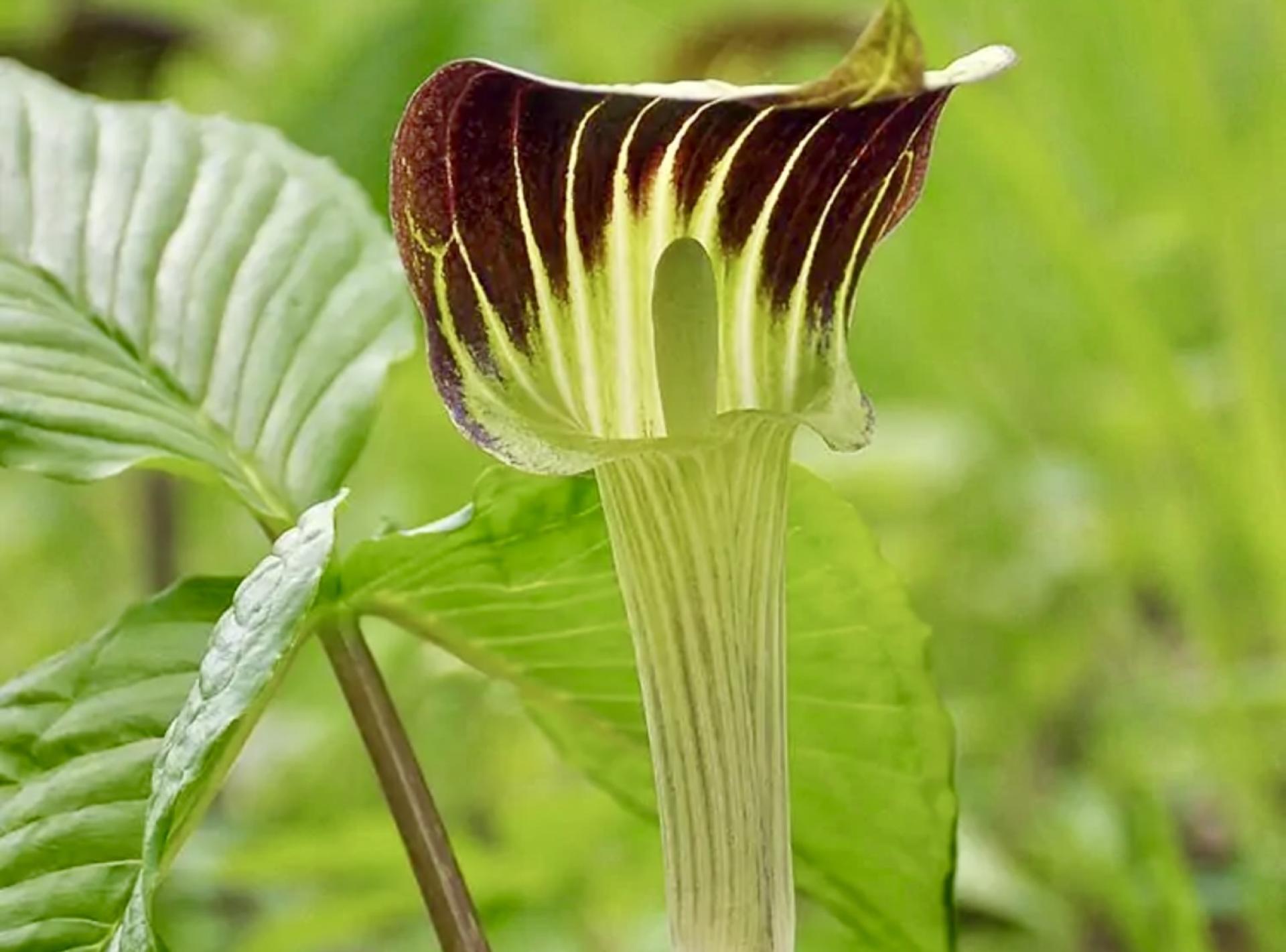You are here
Be a Better Gardener: Plant Now, Enjoy Next Spring
Be a Better Gardener: Plant Now, Enjoy Next Spring
By Thomas Christopher
This is the time of year when the advertisements from Dutch bulb suppliers ramp up and the bins full of flower bulbs appear in garden centers. These fill me with anticipation for a glorious spring. But this year, I’m exploring an alternative, too: our own native North American spring ephemerals.
I won’t be abandoning Dutch bulbs entirely. I love the early blooming snow crocuses that I have naturalized throughout my front lawn, and the daffodils that edge my flower beds. But my observation has been that they attract few pollinators, especially the more highly hybridized and spectacular specimens. Indeed, other than the squirrels who dig and eat crocus corms and so many other exotic bulbs, and the deer who nip off their flower buds, these plantings are of little benefit to any North American wildlife.
In search of something that will provide more benefit to the local ecosystem, I called Neil Diboll, president of Prairie Nursery in Westfield, Wisc. Neil has been studying and growing native plants since the 1970s and as head of Prairie Nursery (he took over in 1982 when it was still a backyard growing operation), Neil was a pioneer in bringing prairie plants into the garden. Although he has never lost his enthusiasm for those Midwestern natives, he has expanded his nursery’s market by making it a premier source of Midwestern and Eastern woodland natives, too. When I caught up with him one afternoon a couple of weeks ago, Neil told me that in my focus on Dutch imports, I had been missing some wonderful opportunities in my own back yard. He recommended that for early spring flowers, I look into native spring ephemerals.
Spring ephemerals, Neil explained, are perennial woodland wildflowers that pop up, commonly under deciduous trees or in mixed deciduous and evergreen woodlands, early in the spring, before the deciduous trees leaf out. These wildflowers take advantage of the sunlight that penetrates the still leafless trees’ bare canopies and the cool and moist conditions typical of that season, flower, grow, and then go dormant and retreat back underground after the trees leaf out, depriving the ephemerals of sunlight. The dappled shade that envelops the ephemerals’ habitat through the heat and drought of summer helps them survive until they re-emerge, either in fall or at the end of the following winter. Moisture in the fall and a well-drained, acidic, organic-rich soil are also essential.
Anyone who has taken a walk in the early spring woods will recognize the names of many of these ephemerals, such as trilliums, trout lilies, Virginia bluebells, and spring beauties. But if their primary show is in the spring, many of these plants’ best season for transplanting comes when they are dormant in early fall and can be dug and shipped bare-root. The species most susceptible to this treatment are those with fleshy roots such as bulbs, corms or rhizomes; Neil recommended as outstanding examples of this class trilliums, Jack in the pulpits, Solomon’s plumes, Solomon’s seals, bellworts, Virginia bluebells, Mayapples, wild leeks (also known as ramps), and shootingstars. After planting, cover the soil with mulched with 4-6 inches of clean, weed-free straw to insulate the plants and protect them from winter. The straw will compress down to 2-3 inches over winter, and the new shoots will come up through it in spring. Leave the mulch in place, and it will help hold moisture in the soil and prevent weed seed germination.
Because the spring ephemerals go dormant in late spring, they should be intermingled with plants that will maintain foliage cover through the summer. This is desirable from an aesthetic standpoint and from a cultural one as well: keeping the soil covered will help prevent weed invasion. Hebaceous perennials that Neil recommends for this purpose are ferns, wild ginger, big leaf aster, white doll’s eyes, red baneberry, and blue cohosh. Unlike the spring ephemerals listed above, these plants are mostly fibrous rooted and best transplanted in spring, meaning that establishing your spring ephemeral display will be a two-season project. The pay-off should last for years.
To listen to my conversation with Neil Diboll, visit the Berkshire Botanical Garden’s “Growing Greener."
Be-a-Better-Gardener is a community service of Berkshire Botanical Garden. Its mission, to provide knowledge of gardening and the environment through a diverse range of classes and programs, informs and inspires thousands of students and visitors each year. Thomas Christopher is a volunteer at Berkshire Botanical Garden and is the author or co-author of more than a dozen books, including Nature into Art and The Gardens of Wave Hill (Timber Press, 2019). He is the 2021 Garden Club of America's National Medalist for Literature, a distinction reserved to recognize those who have left a profound and lasting impact on issues that are most important to the GCA. Christopher’s companion broadcast to this column, Growing Greener, streams on WESUFM.org, Pacifica Radio and NPR and is available at berkshirebotanical.org/growinggreener.
Help Our Garden Grow!
Your donation helps us to educate and inspire visitors of all ages on the art and science of gardening and the preservation of our environment.
All donations are 100 percent tax deductible.


